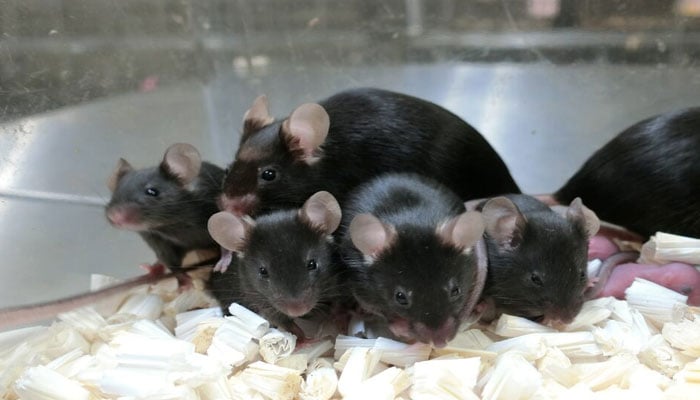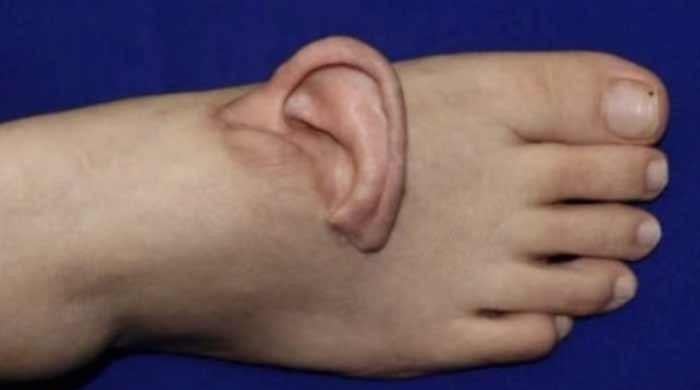Health Rounds: Dye turns mouse skin invisible, allows researchers to see inside
Dye, when applied through "harmless process", may ultimately be useful in wide range of medical diagnostics
September 06, 2024

Applying a food-safe dye that absorbs light onto the skin of a mouse makes its skin transparent, allowing researchers to look into the blood vessels of the scalp, the movement of organs under the skin of the abdomen, and at working muscles, they reported on Thursday in Science.
The harmless process, which was reversible with a quick wash, may ultimately be useful in a wide range of medical diagnostics, the researchers said in a statement.
Injecting the dye — called tartrazine and commonly known as FD&C Yellow 5 — might lead to even deeper views into the body, they speculate.
Ordinarily, the body is not invisible because light bends and scatters differently as it passes through each of the different tissues and fluids.
When dissolved into water, tartrazine molecules are structured in a way that aligns with the light-bending ability of the skin, or its "refractive index." The dye absorbs blue/purple light and allows red/orange light to travel through the tissue, resulting in transparency.
"Looking forward, this technology could make veins more visible for the drawing of blood, make laser-based tattoo removal more straightforward, or assist in the early detection and treatment of cancers," said Guosong Hong of Stanford University, who helped lead the research.
"For example, certain therapies use lasers to eliminate cancerous and precancerous cells, but are limited to areas near the skin’s surface. This technique may be able to improve that light penetration.”
A commentary published with the paper notes that HG Wells predicted this approach long ago in his novel The Invisible Man.
"The protagonist invents a serum that renders the cells in his body transparent by precisely controlling their refractive index to match that of the surrounding medium, air," Christopher J Rowlands and Jon Gorecki of Imperial College London wrote.
Now, 127 years later, the Stanford team reports "that biocompatible dyes make living tissues transparent by tuning the refractive index of the surrounding medium to match that of the cells."









